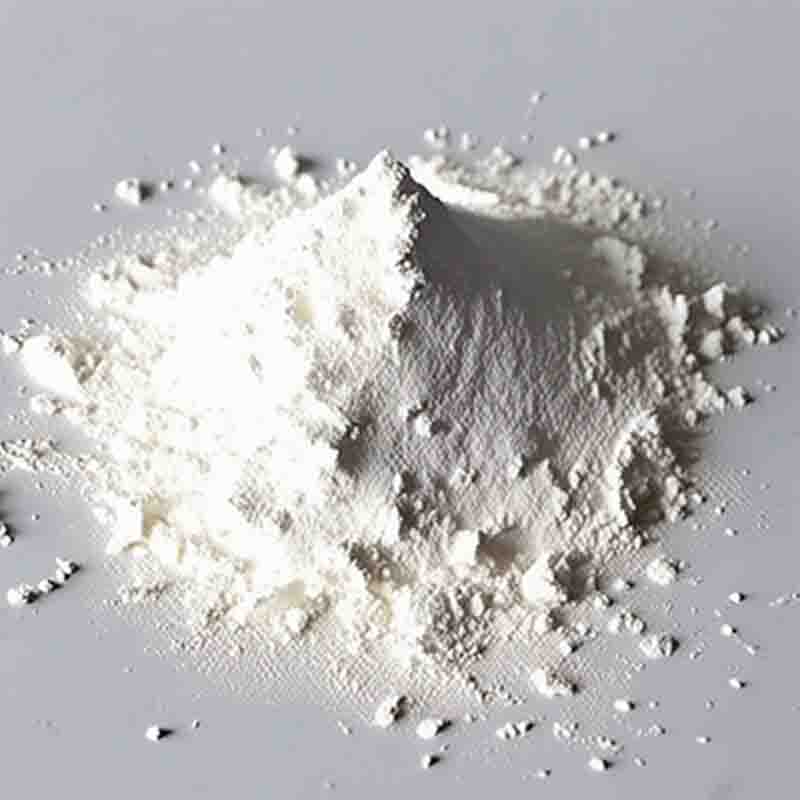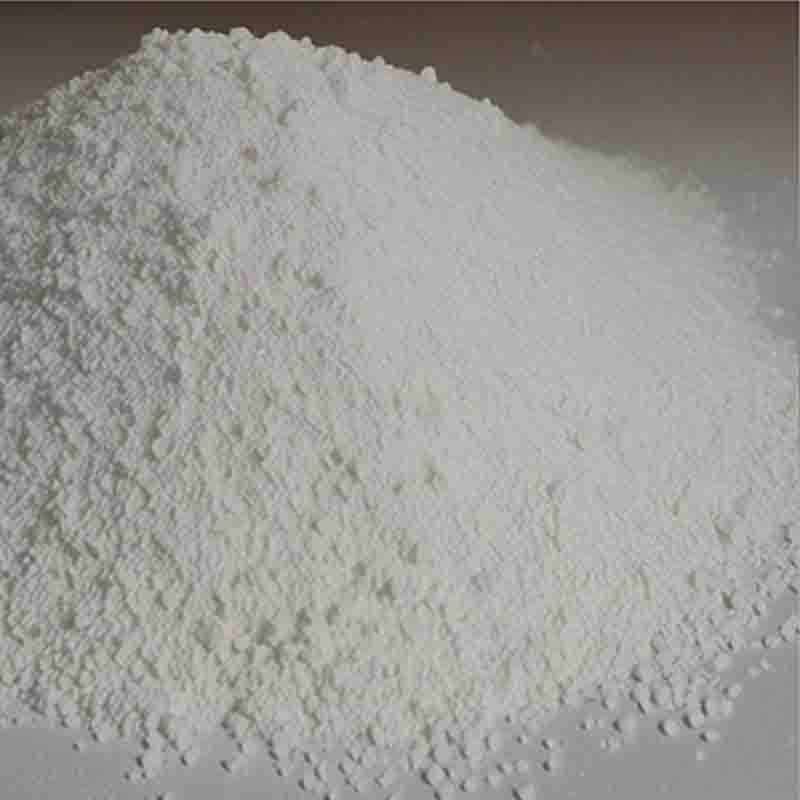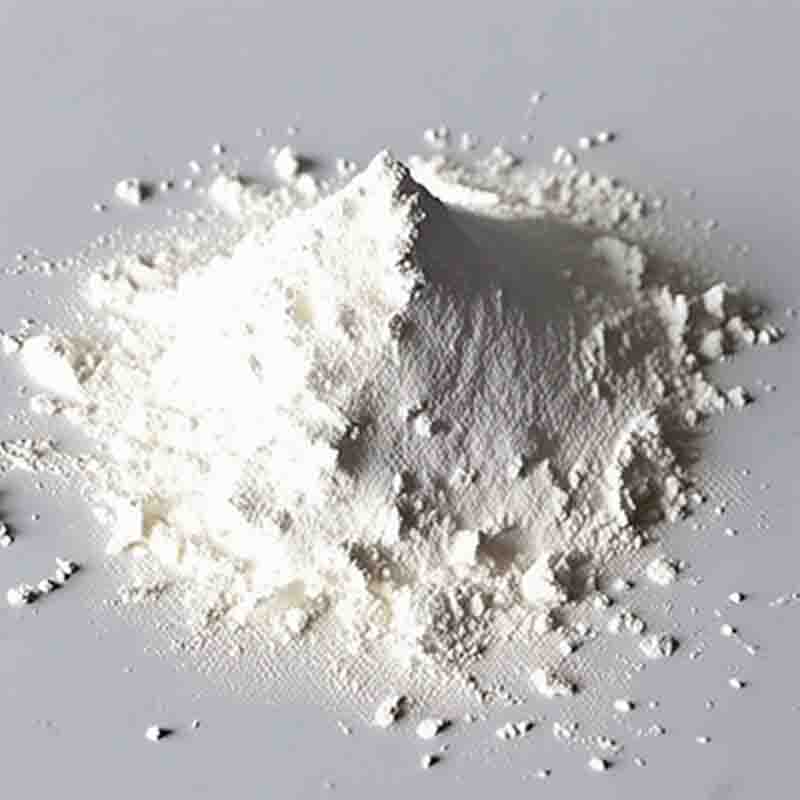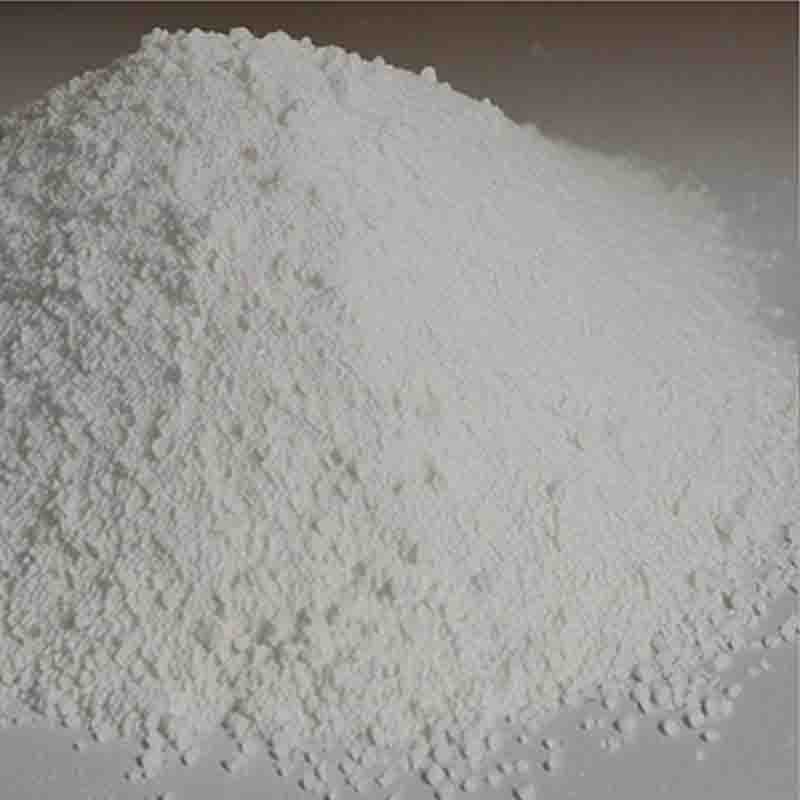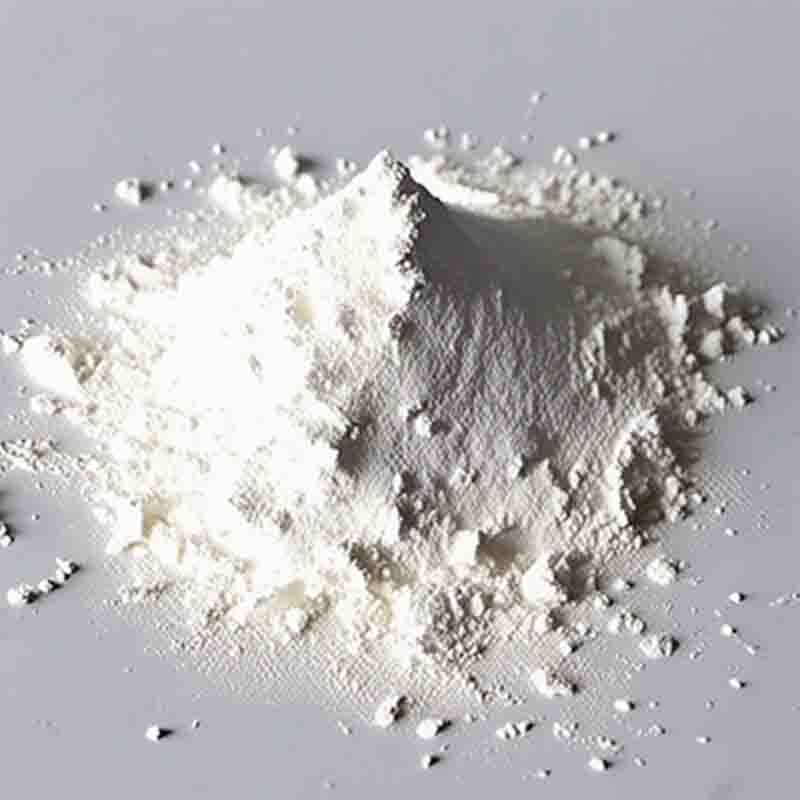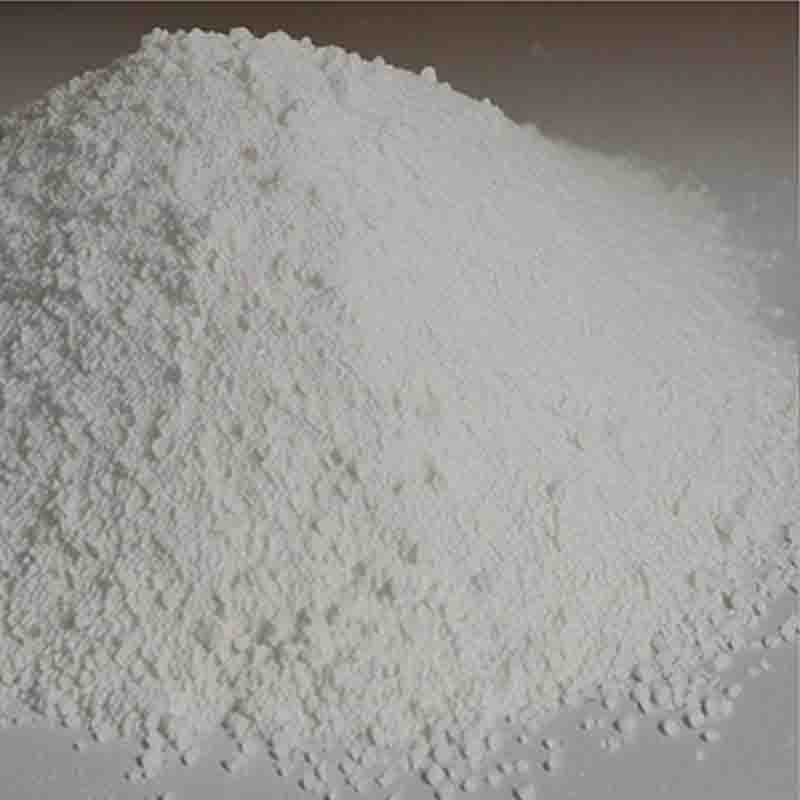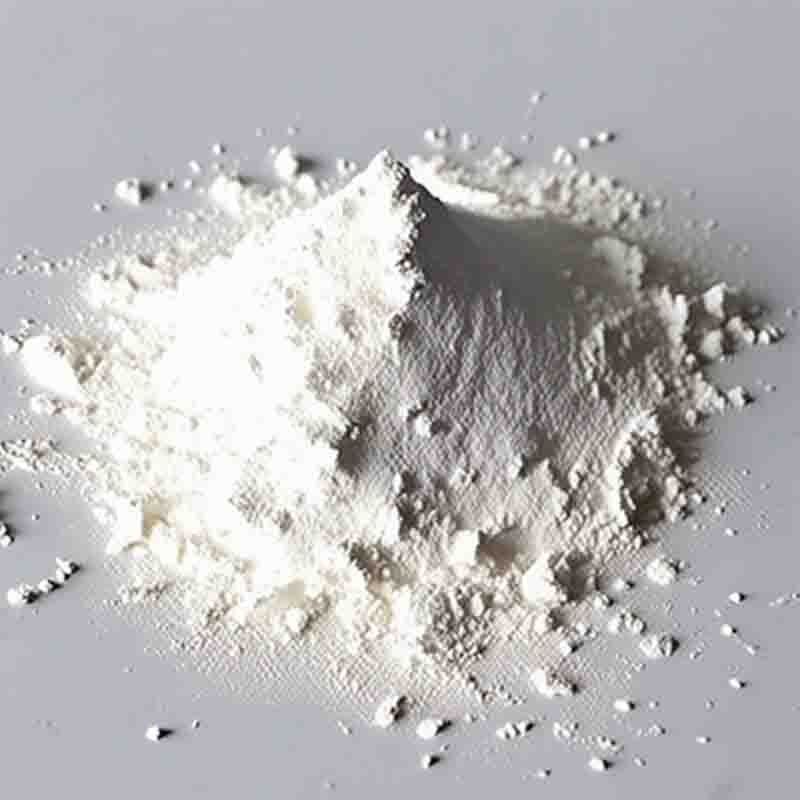4-METHOXYBENZENETHIOL CAS:696-63-9
| Catalog Number | XD96352 |
| Product Name | 4-METHOXYBENZENETHIOL |
| CAS | 696-63-9 |
| Molecular Formula | C7H8OS |
| Molecular Weight | 140.2 |
| Storage Details | Ambient |
Product Specification
| Appearance | White powder |
| Assay | 99% min |
4-Methoxybenzenethiol, with the chemical formula C6H5SHOCH3, is an organic compound commonly known as p-Anisyl mercaptan. It consists of a methoxy group attached to a benzene ring, along with a thiol (-SH) functional group. This compound exhibits various effects and has applications in different fields.One of the primary effects of 4-methoxybenzenethiol is its characteristic odor. It possesses a strong, pungent smell that resembles that of garlic or rotten eggs. This property makes it useful as a scenting agent or as a chemical intermediate in the production of fragrances and perfumes.Additionally, 4-methoxybenzenethiol is known for its antioxidant properties. It can act as a scavenger of free radicals, which are highly reactive molecules that can cause damage to cells and tissues. By neutralizing these free radicals, this compound helps in protecting the body against oxidative stress, which is associated with various diseases and aging processes.Another effect of 4-methoxybenzenethiol is its potential use as a building block in organic synthesis. The presence of both a methoxy group and a thiol group make it a versatile starting material for the preparation of various compounds. It can undergo reactions such as nucleophilic substitution, oxidation, and rearrangement, allowing for the synthesis of diverse organic molecules with different functional groups.Furthermore, the thiol group in 4-methoxybenzenethiol imparts unique properties and effects on the compound. Thiol compounds are known for their ability to form strong covalent bonds with certain metals, such as mercury, gold, and silver. This makes 4-methoxybenzenethiol useful in complexation chemistry and as a ligand in metal coordination complexes.Moreover, the methoxy group in 4-methoxybenzenethiol influences the compound's lipophilicity, or its affinity for lipid or fat solvents. This property makes it useful in drug design and formulation, as it can affect the compound's bioavailability and tissue distribution. The presence of the methoxy group may also make this compound more stable and less susceptible to oxidation processes.In conclusion, 4-methoxybenzenethiol exhibits various effects and has applications in several fields. Its distinct odor makes it useful in scents and perfumes, while its antioxidant properties contribute to its potential protective role against oxidative stress. Its versatile nature as a building block allows for the synthesis of different organic compounds, and the thiol and methoxy groups confer unique properties and potential applications in complexation chemistry and drug design.


